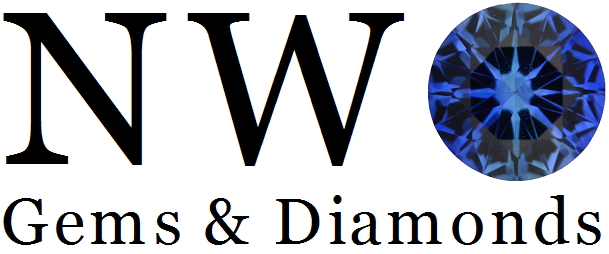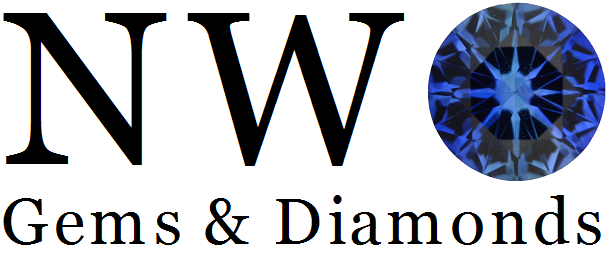The Four C's of Diamonds
The Four C's of Diamonds
Value can vary greatly from one diamond to another. This value is determined based on the four Cs: Cut, color, clarity, and carat weight.
RARITY AND BEAUTY
All gem-quality diamonds are rare, taking billions of years for nature to form them. The journey from the mine to you is long and arduous. While the four C's information helps you to identify the quality of the diamond you are purchasing, it is the combination of these four characteristics which determine a diamond's rarity. If you imagine a four-sided pyramid, with each side being a diamond characteristic—the more readily available diamonds form the base of the pyramid while the rarest diamonds are at the top. Keep this pyramid in mind when you are selecting your diamond. Your selection of characteristics will determine rarity and value. And remember—beauty is in the eye of the beholder. A diamond can only be truly perfect if you think it is beautifully perfect for you.
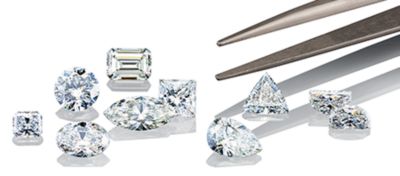
CUT
When people think of cut, they often think it’s the shape of the diamond. But, it’s about how light is returned due to a diamond’s facets. Cut is responsible for brilliance, fire, and scintillation of a diamond.
Brilliance is the combination of all of the white light reflected from the surface and the inside of the a diamond
Fire are flashes of color you see in a polished diamond
Scintillation are flashes of light you see when the diamond, the light, or the observer moves
For the best results, proportions of its facets, symmetry, the relationship of its weight to its diameter, girdle thickness, and quality of its polish have to come together in just the right way.
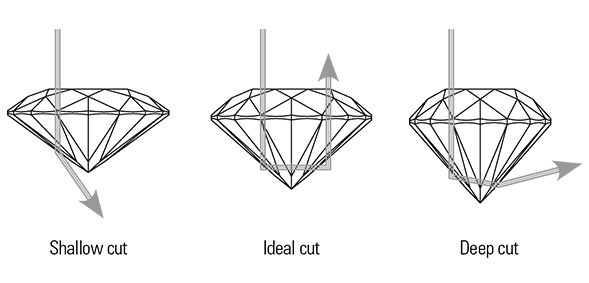
COLOR
A diamond’s color is measured using the GIA® D-to-Z diamond color grading system. This system is the most widely accepted for grading. All diamonds are evaluated based on the absence of color.
No hue = higher value
This lack of color is measured in degrees based on comparisons with masterstones, made while viewing under controlled lighting and conditions. This means that regardless of where in the world the diamond is graded it will be under the same conditions and should receive the same grade. These color distinctions are invisible to the untrained eye and should be left to a trained diamond grader.
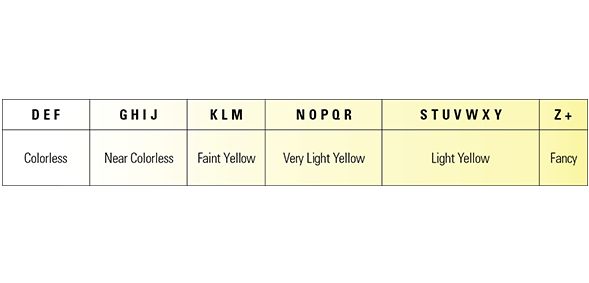
CLARITY
Just as a diamond’s color is graded on the absence of color, the diamond’s clarity is graded on the absence of inclusions and blemishes.
Internal characteristics = Inclusions
External characteristics = blemishes
Most are smaller than can be seen by the unaided eye. And, accurate assessment is of utmost importance. So, trained diamond graders evaluate the quantity, size, relief, nature, position of these characteristics, and how they affect the appearance of the diamond.
| FL, IF Diamonds |
Flawless: No internal or external flaws Internally Flawless: No internal flaws |
| VVS1, VVS2 Diamonds |
Very, very slightly included: Very difficult to see inclusions under 10X magnification |
| VS1, VS2 Diamonds |
Very, slightly included: Inclusions are not typically visible to the unaided eye |
| SI1, SI2 Diamonds |
Slightly included: Inclusions are visible under 10X magnification and may be visible with the unaided eye |
| I1, I2, I3 Diamonds |
Included: Inclusions are visible with the unaided eye |
